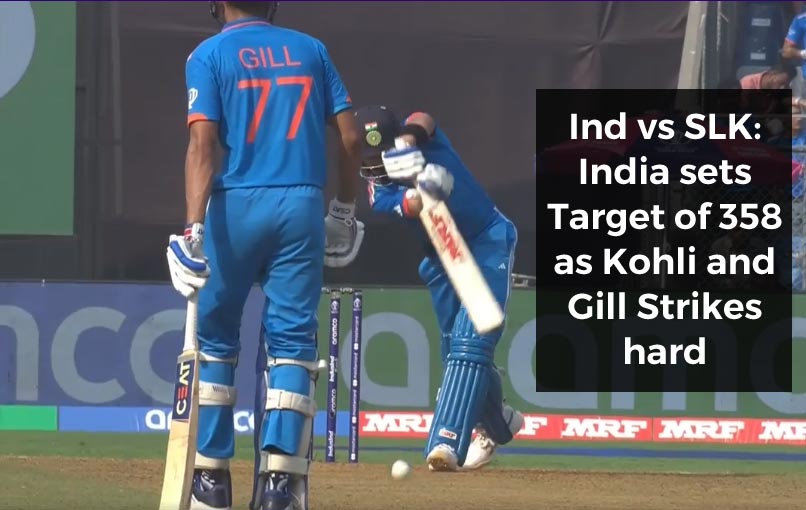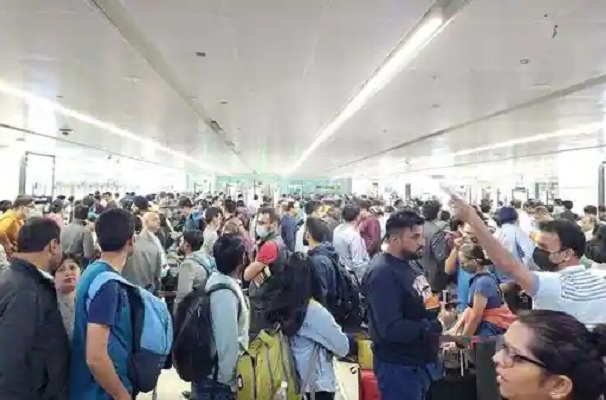Indian team of doctors performs live robotic telesurgery from Delhi to London
Sat 18 Oct 2025, 01:43:00
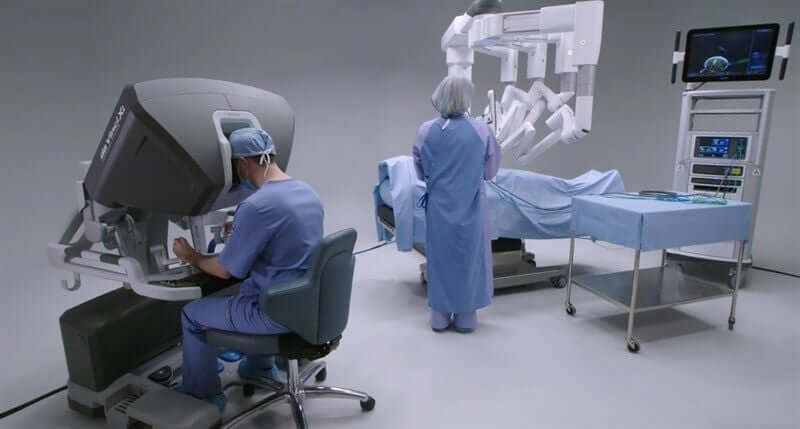
In a notable step for medical technology, doctors from the Rajiv Gandhi Cancer Institute and Research Centre (RGCIRC) in Delhi successfully performed a live robotic-assisted telesurgery demonstration at ERUS25, a major European congress on robotic urology held recently in London.
LIVE SURGERY ACROSS CONTINENTS
The procedure, a robotic-assisted partial nephrectomy (a kidney-sparing surgery), was conducted by Dr. Sudhir Rawal, Medical Director and Chief of Genito-Uro Oncology at RGCIRC. The patient was located at the institute’s campus in Rohini, Delhi, while the robotic console was operated remotely from Gurugram, using the Mantra Surgical Robotic System, an indigenously developed platform by SS Innovations.
Connectivity for the procedure was enabled by Airtel’s 5G SA network, which maintained a median latency of 32 milliseconds—crucial for ensuring real-time precision. The surgery was completed without interruption, and the patient was discharged the following day.
SHOWCASING INDIA’S TECHNICAL CAPABILITIES
The live transmission, viewed by robotic surgeons and experts at ERUS25, demonstrated the potential of telesurgery to bridge geographical gaps in healthcare delivery. The audience, comprising specialists from across the world, observed the Indian team’s successful use of locally developed robotic technology.
Dr. Rawal said the event was a valuable opportunity to present India’s progress in minimally invasive surgery. “This demonstration reinforces how robotic-assisted techniques can enhance surgical
precision and make specialized care more widely accessible,” he noted.
precision and make specialized care more widely accessible,” he noted.
EXPANDING ACCESS THROUGH REMOTE SURGERY
Experts say that telesurgery could help address a long-standing issue in Indian healthcare—unequal access to advanced medical procedures. With remote capabilities, senior surgeons can train, guide, or operate across distances, potentially benefiting smaller hospitals that lack specialized expertise.
While still in early stages of adoption, such demonstrations suggest that India’s emerging medical technologies could play a larger role in making complex surgeries more reachable and cost-effective.
COLLABORATIVE INNOVATION
Commenting on the achievement, D.S. Negi, CEO of RGCIRC, said that the initiative reflects ongoing efforts to integrate research and technology into routine cancer care. Dr. Sudhir Srivastava, Chairman of SS Innovations, which developed the robotic system, described the event as an encouraging validation of Indian engineering and clinical skill working together.
A STEP FORWARD FOR INDIAN HEALTHCARE TECHNOLOGY
The ERUS25 demonstration marks one of the few instances of cross-border telesurgery using an Indian-made robotic system. It highlights both the technical feasibility and the clinical safety of performing such procedures under real-world conditions.
As robotic systems become more affordable and reliable, experts believe such collaborations could pave the way for remote surgical networks, where specialists can operate or assist in procedures across hospitals and regions.
No Comments For This Post, Be first to write a Comment.
Most viewed from Health
AIMIM News
Latest Urdu News
Most Viewed
May 26, 2020
Where should be the burial of the pilgrims martyred in the Saudi Arabia bus accident?
Latest Videos View All
Like Us
Home
About Us
Advertise With Us
All Polls
Epaper Archives
Privacy Policy
Contact Us
Download Etemaad App
© 2025 Etemaad Daily News, All Rights Reserved.

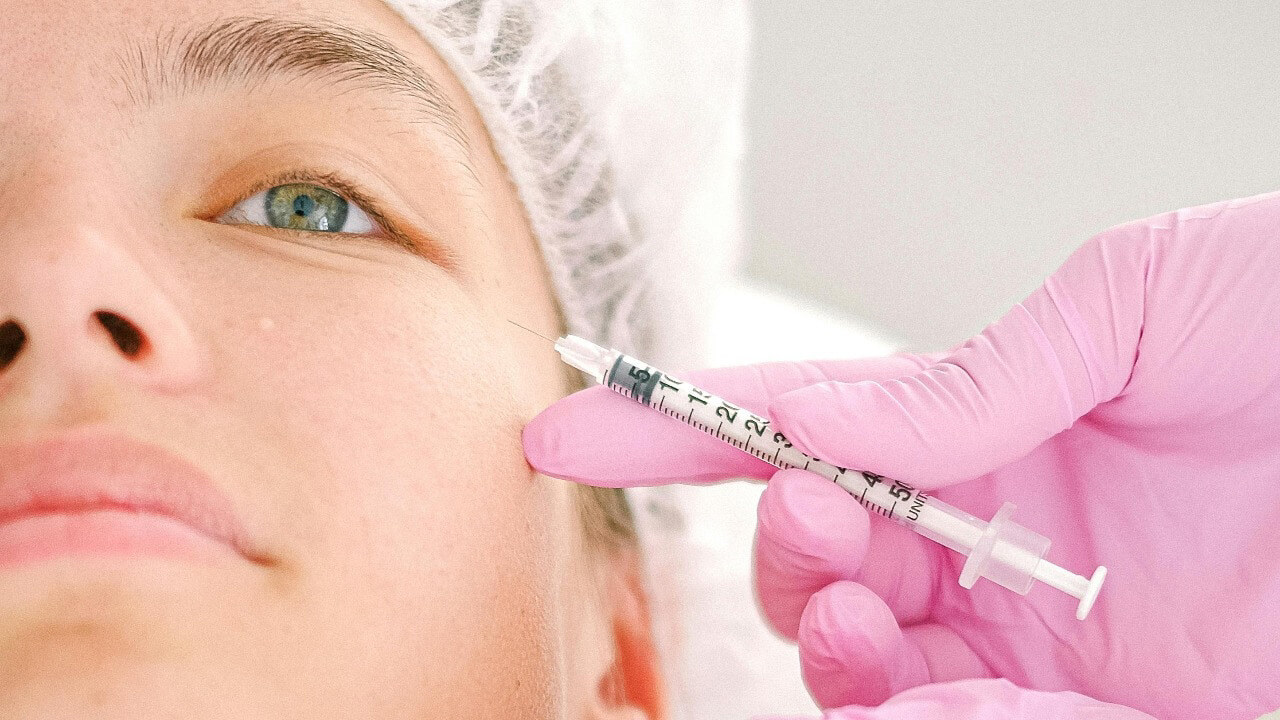


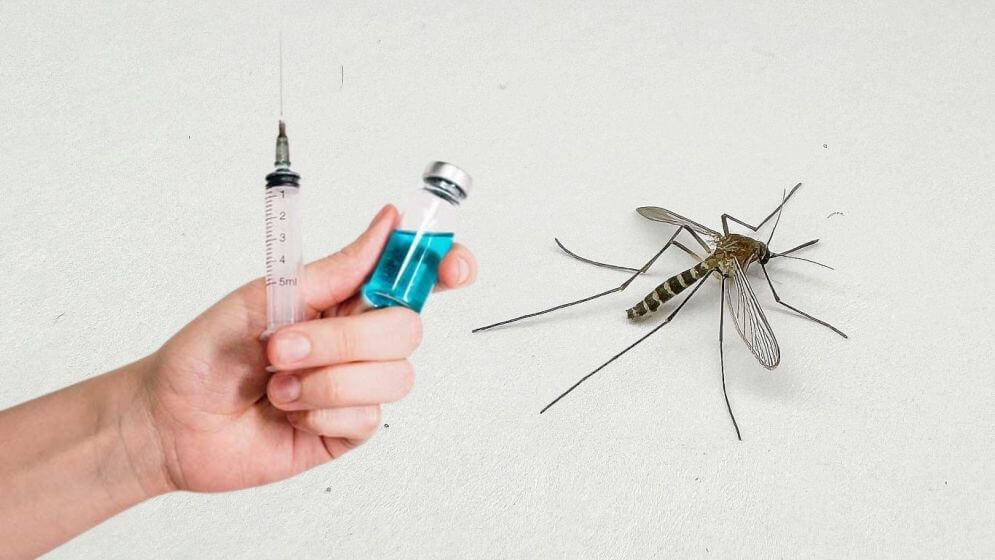


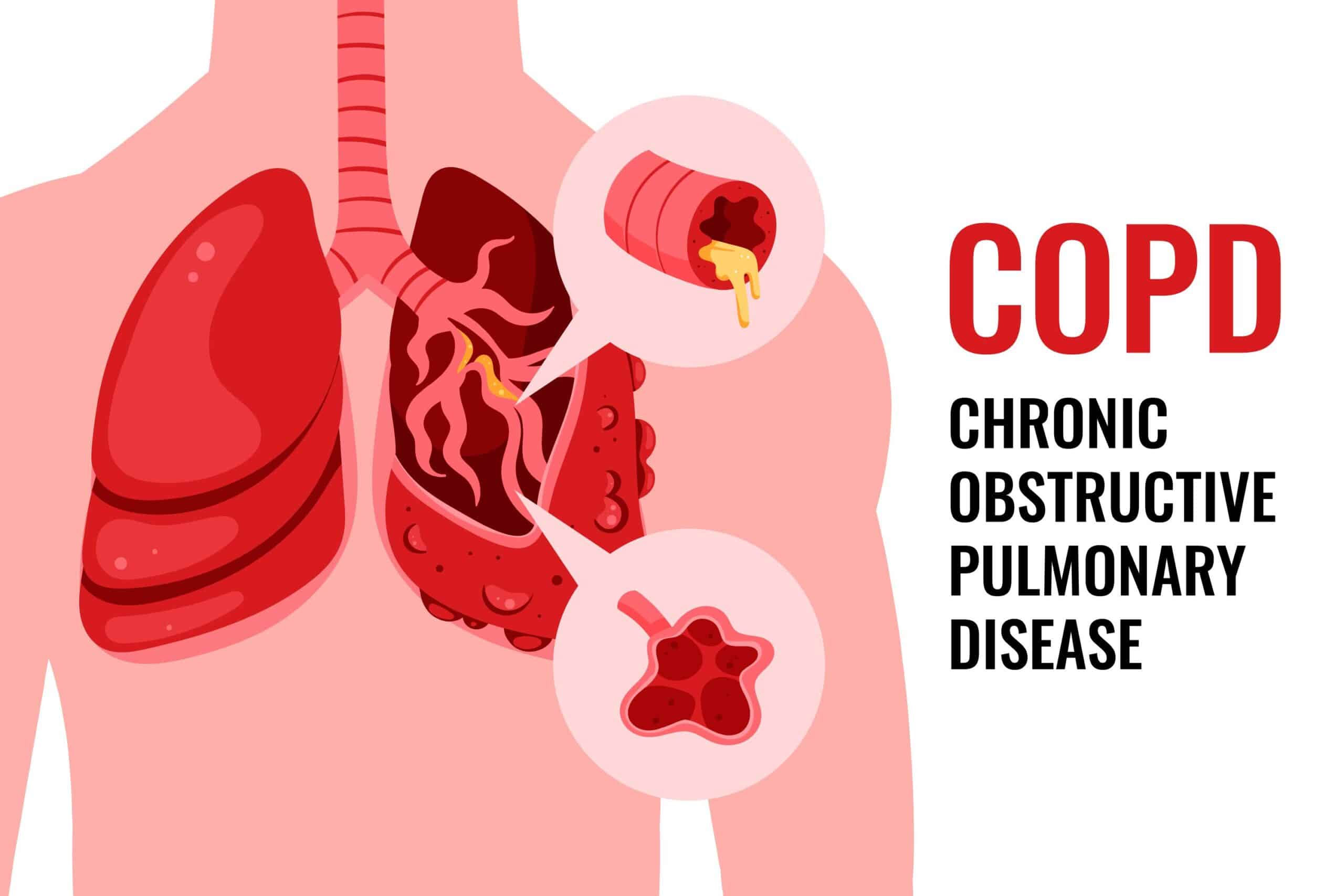
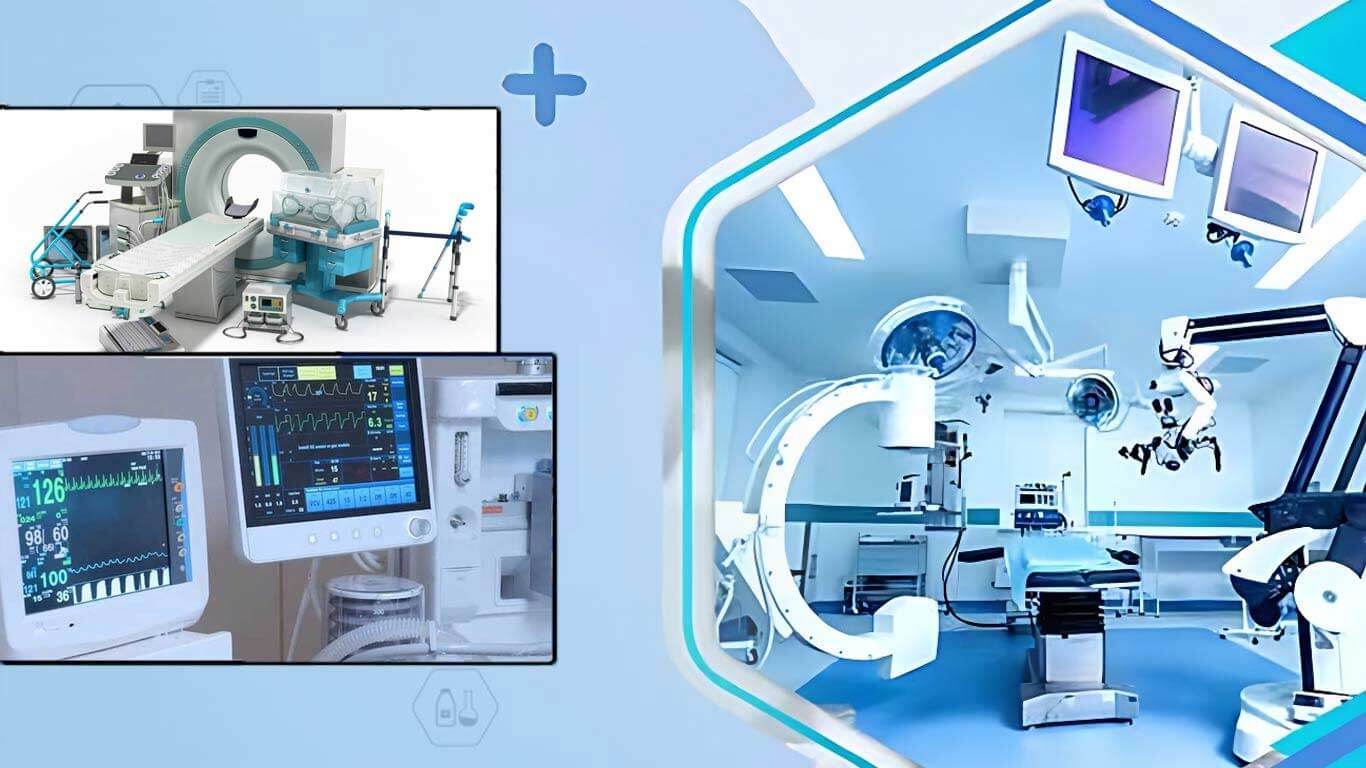





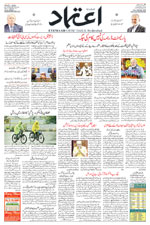



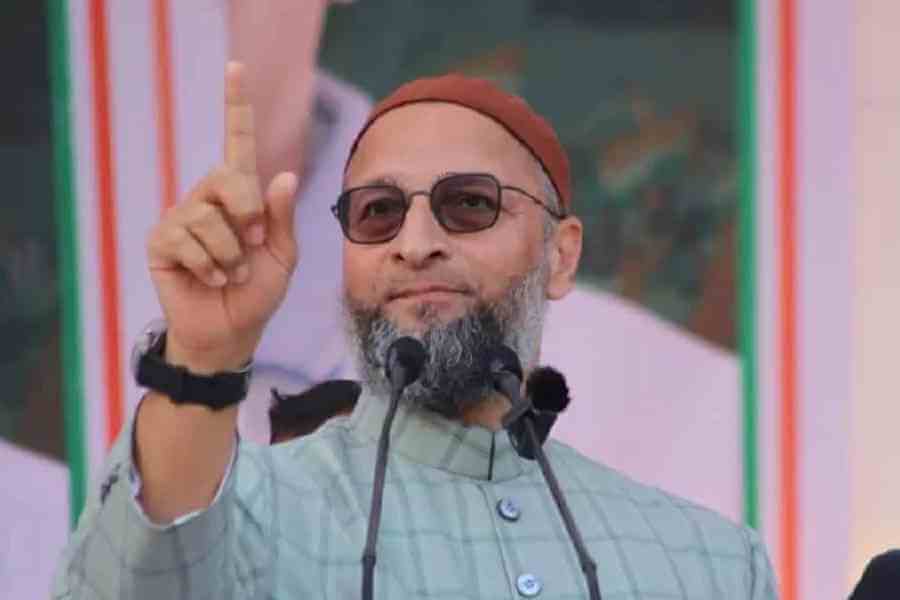
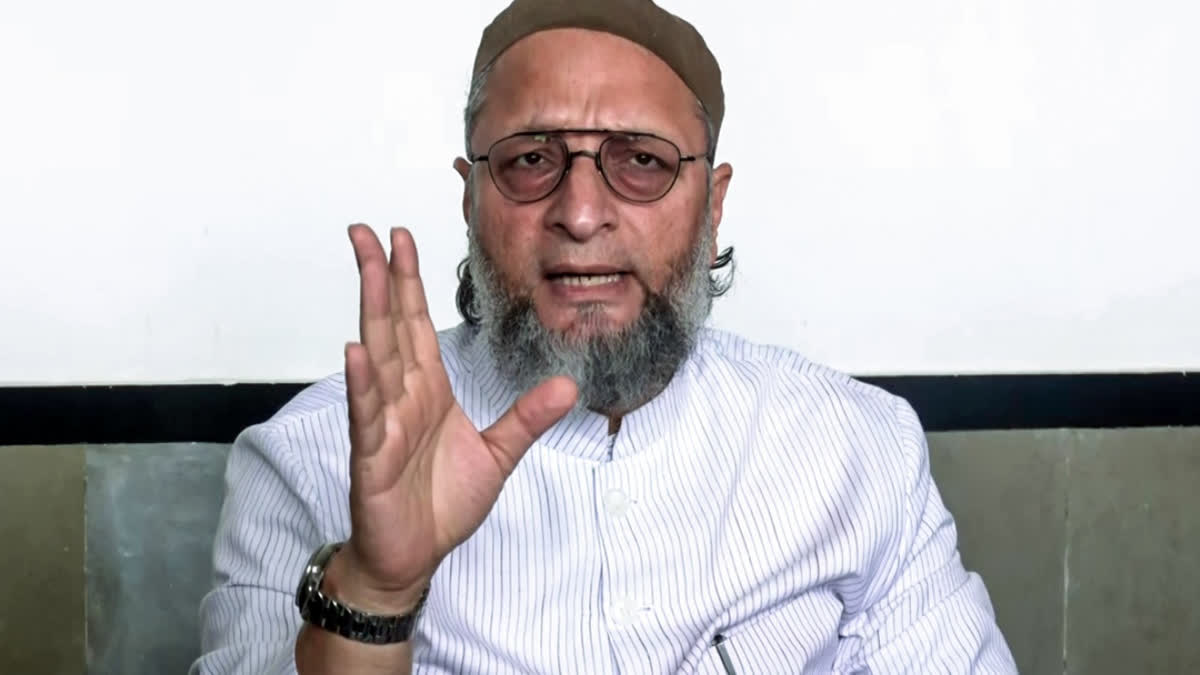
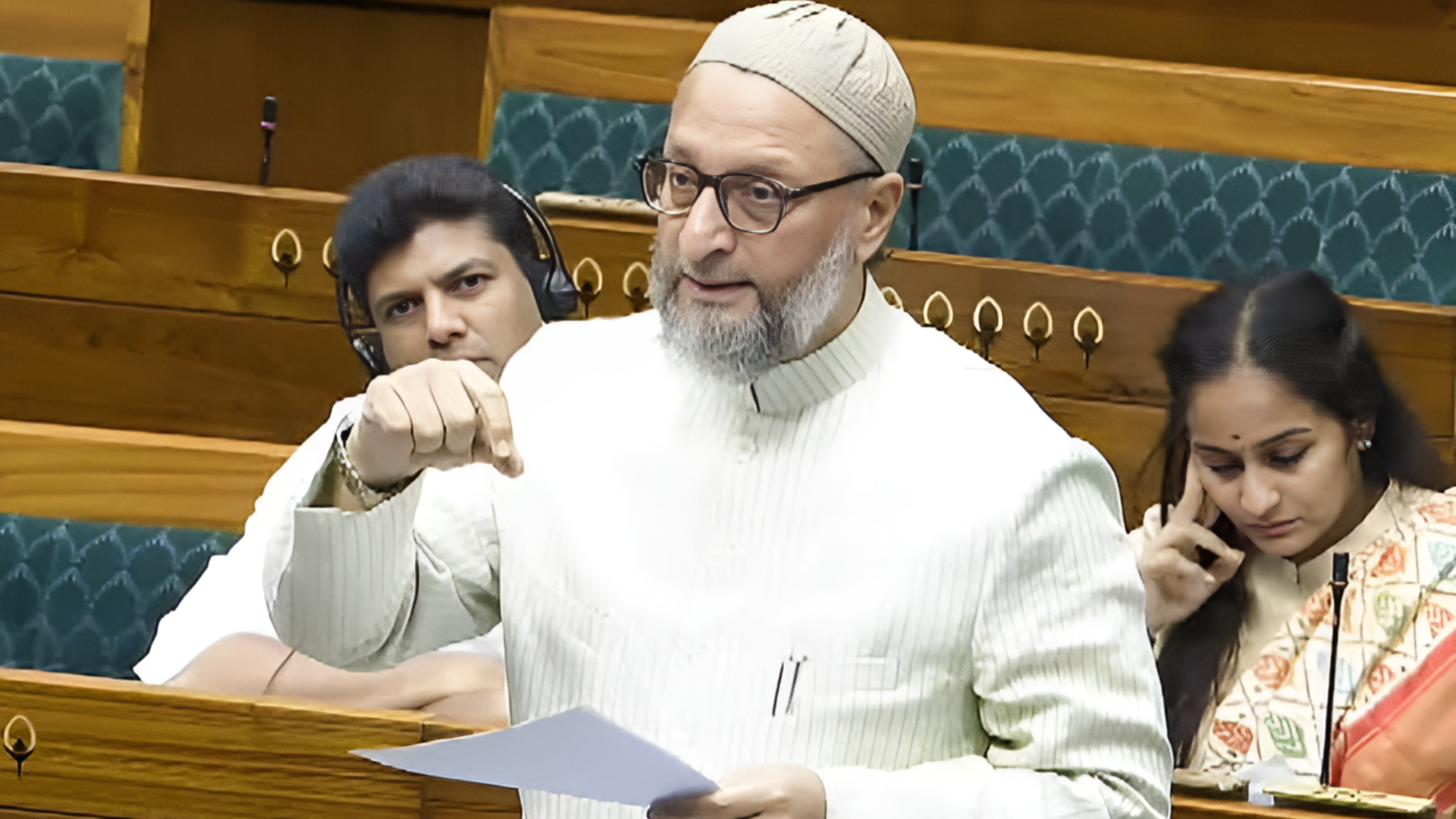
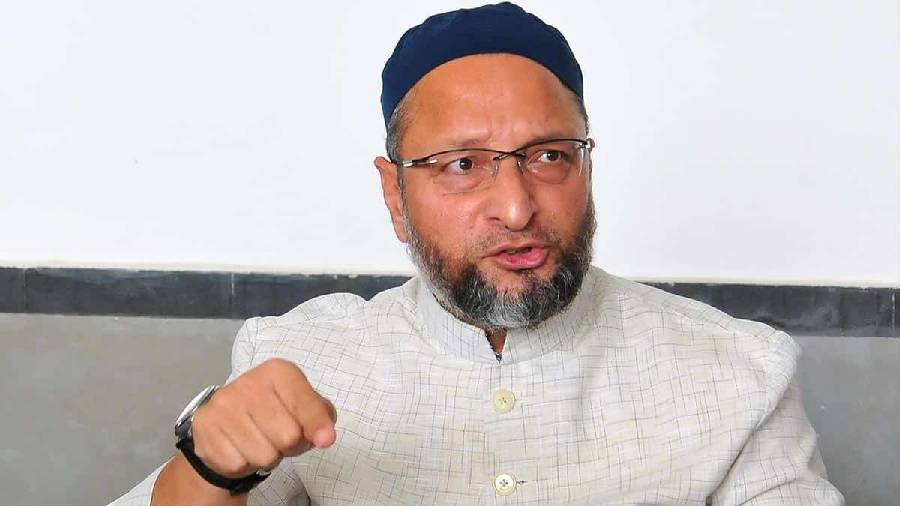
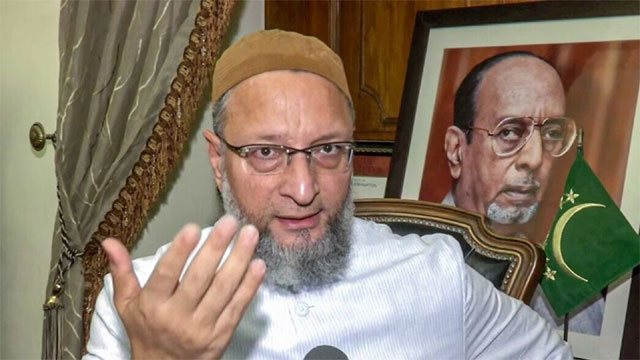
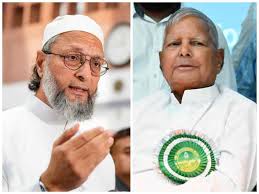
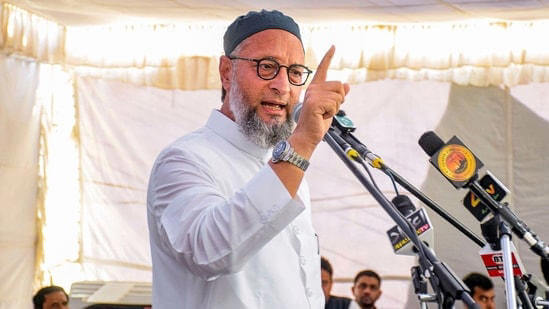
.jpg)
.jpg)
.jpg)

